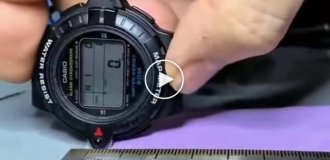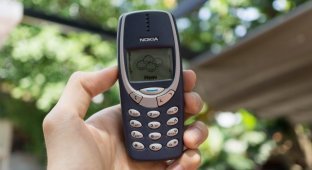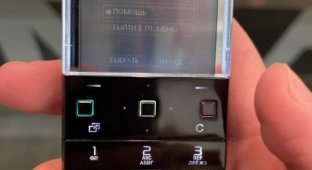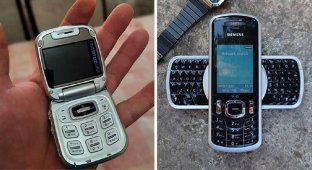Forgotten futurists: the most unusual cell phones from the 2000s that were ahead of their time (13 photos)
There was a time when a mobile phone wasn't just a gadget, but a true accessory, a way to express yourself. Major companies weren't afraid to experiment, taking risks and offering the public sometimes the wildest ideas. The 2000s became a golden age of design exploration in the mobile industry.
Nokia 7600: A Drop of the Future That Never Caught On 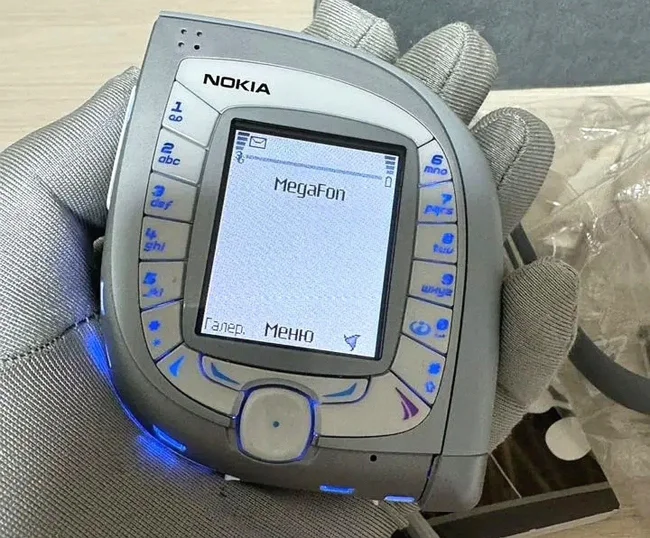
In 2003, the Finnish company Nokia, then the king of the mobile world, unveiled something amazing – the Nokia 7600. This phone resembled a cute drop or a strange fruit. It was compact, streamlined, and completely unlike the usual "brick" phones. For its time, it was a true breakthrough not only in design but also in technology: the phone supported the 3G standard, which was just emerging. By comparison, the first iPhone, released in 2007, lacked this feature.
But why didn't the "drop" take the world by storm? It all came down to convenience. Nokia engineers, striving for minimalism, placed the keys on the sides of the screen. Dialing a number or texting while holding the phone with both hands and tapping the side buttons was extremely inconvenient. It turned out that a futuristic design means nothing if the device is difficult to use every day.
Siemens Xelibri: Fashion vs. Functionality 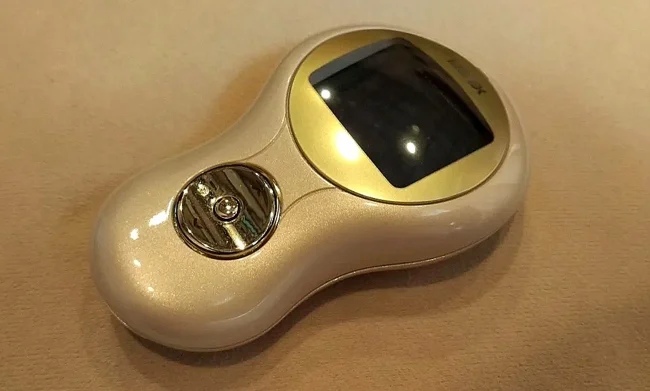
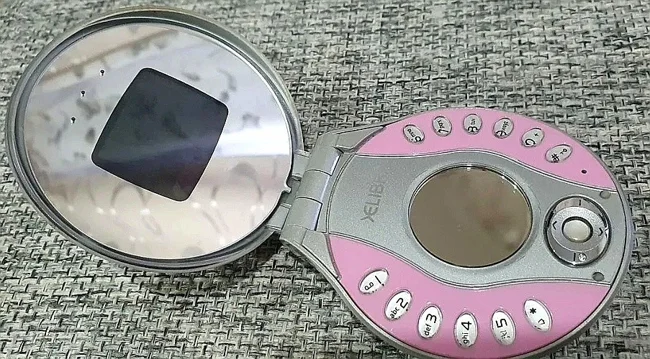
In 2003, the German company Siemens went even further. They released not just a phone, but an entire philosophy called Xelibri. It was a line of eight models, each more of a fashion accessory than a gadget. Some resembled a pendant or an amulet, others a powder compact or a keychain. The idea was that phones should change with your wardrobe, like watches or glasses. 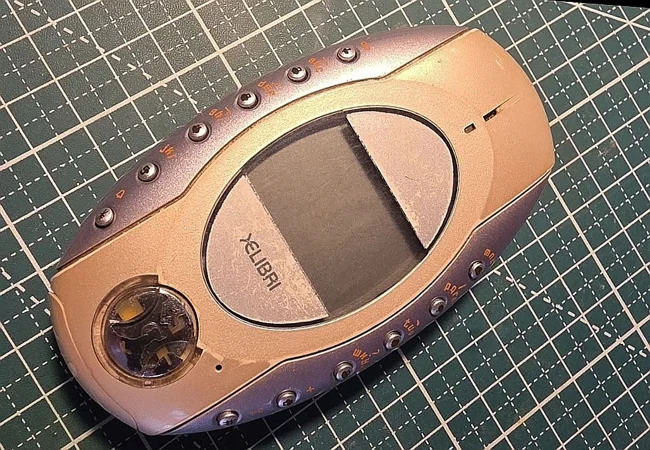
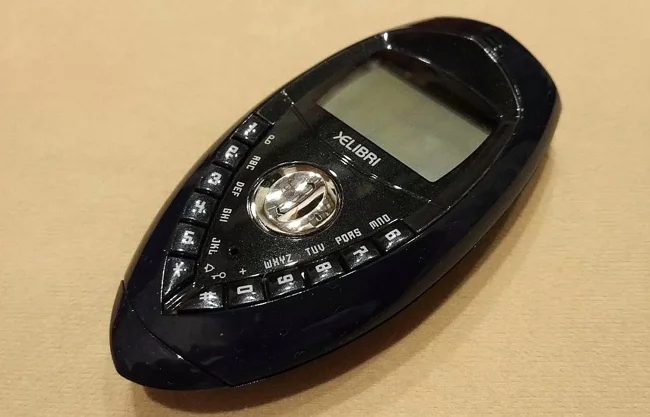
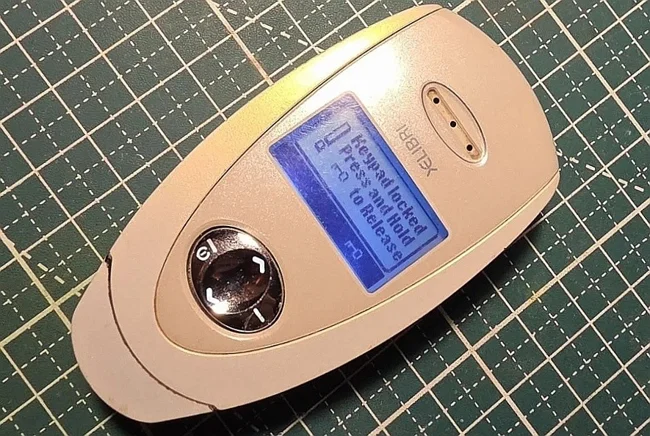
Functionality was sacrificed for design: some models didn't even have a color screen. The public didn't understand this idea. It turns out that people want their phones to make calls and send text messages first, and only then to adorn their outfits. The Xelibri project failed, becoming a shining example of how experimentation should have limits.
Nokia 7280: "Lipstick" for the Stylish and Patient 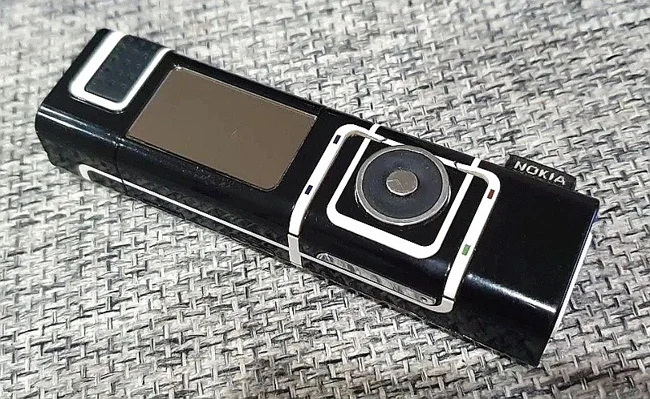
Keeping up with the accessory idea, Nokia introduced the 7280 in 2004, which was immediately nicknamed "Lipstick." A long, slender body without a single number key—that's what it was. Control was handled by an elegant rotating wheel and a central selection button.
Designers and fashion critics were delighted. But ordinary users faced a harsh reality: dialing a number was fine, but writing a message was pure torture. Each letter had to be selected on the on-screen keyboard using the scroll wheel. A single SMS conversation could take an hour. The "Lipstick" became a gadget for those who valued style over convenience.
Nokia N-Gage: A Gaming Dream That Never Came True 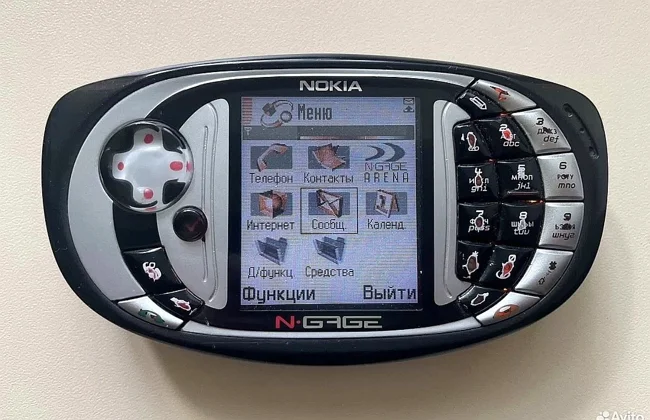
What if you combined a phone and a portable game console? Nokia was inspired by this idea, releasing the N-Gage in 2003. The device had an unusual shape, reminiscent of a Tamagotchi with buttons on the sides and a slot for game cartridges. It was a bold attempt to take a bite out of Nintendo's Game Boy pie.
But even here, there were some quirks. To make a call, the phone had to be held to your ear, not the screen, but the side, making it look like you were talking to a sandwich. The gaming component, however, was significantly inferior to dedicated consoles in terms of graphics and game library. The arrival of the Sony PSP put an end to Nokia's gaming ambitions, but the N-Gage will forever remain in history as an iconic and highly unusual hybrid.
Toshiba G450: A Spaceship for Internet Access 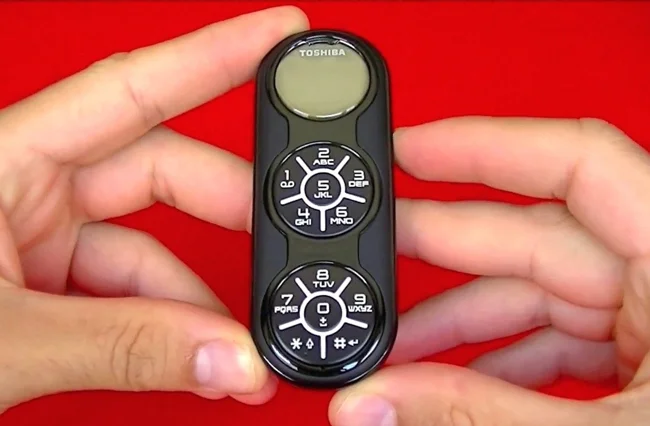
In 2008, the Japanese company Toshiba introduced a device that was hard to immediately guess at. The Toshiba G450 resembled a small communicator from a sci-fi movie. Its main feature was its 3G modem function: by connecting it to a computer, you could access the internet.
However, the timing for such a specialized gadget was extremely unfortunate. By 2008, the first iPhone was already raging on the market, capable of doing everything the same, plus taking photos and videos, running apps, and simply being a handy phone. The G450, with its limited capabilities, seemed like an anachronism and remained a curiosity for geeks.
Siemens SX1: A Smartphone with Mysterious Keys 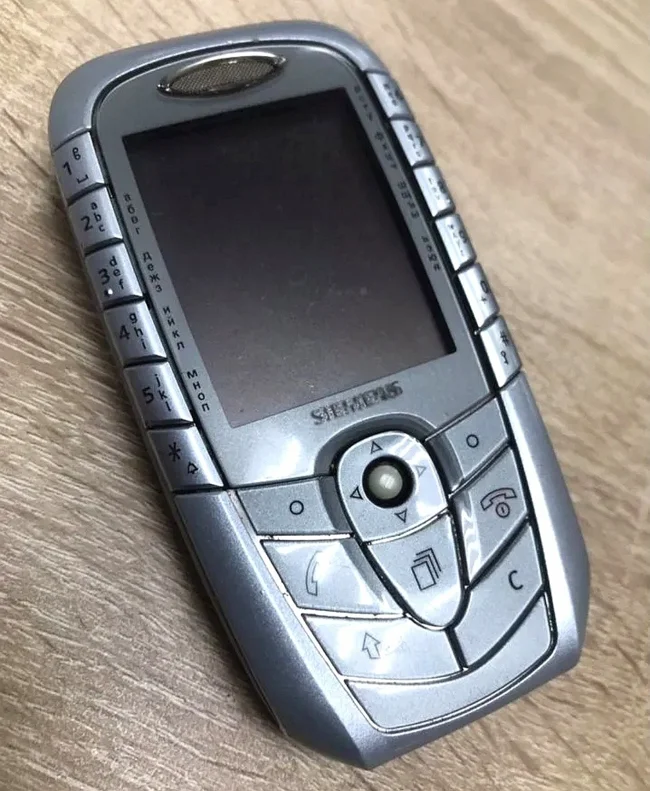
The first Siemens smartphone, the SX1, released in 2003, was technically very advanced. But its design was shocking. The numeric keypad was split in two, located on either side of the screen. The numbers 1, 2, and 3 were on the left, and 7, 8, and 9 were on the right. Dialing a number required using both hands, and the brain had to quickly rewire itself.
Despite its powerful hardware and attractive design, this layout turned off buyers. The device failed to compete with Nokia's more traditional Symbian smartphones and, as a result, quickly dropped in price, never achieving popularity.
Samsung Serenata: A Music Center in Your Pocket 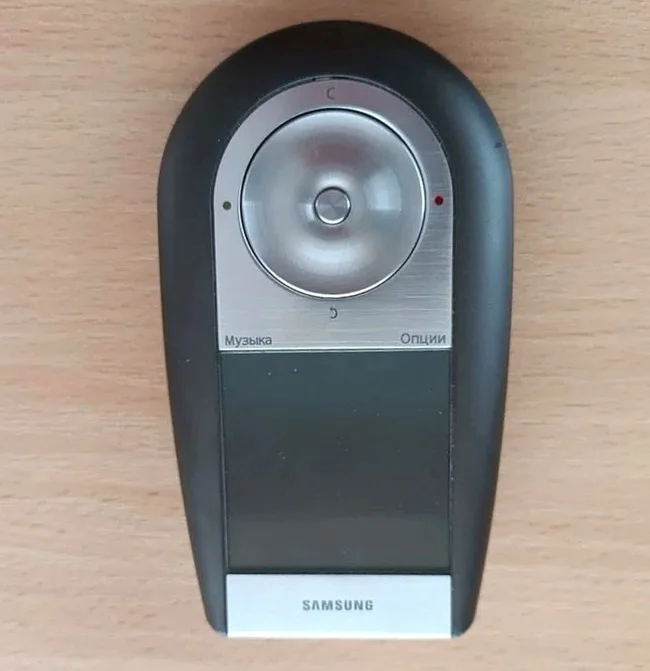
In 2007, Samsung collaborated with the legendary audio company Bang & Olufsen to create something sophisticated—the Samsung Serenata. It was a slider phone, but with a twist: when you slid the panel, instead of a number pad, you'd see a large scroll wheel, like the iPod Classic, with a touchscreen underneath.
The phone was designed for music. It had a retractable speaker and stand, transforming it into a mini-music center. The Serenata wasn't trying to appeal to everyone; it was a premium product for connoisseurs of sound and design, becoming one of the most unusual and expensive phones of its era.
Nokia 6260: A Flip Phone That Converts 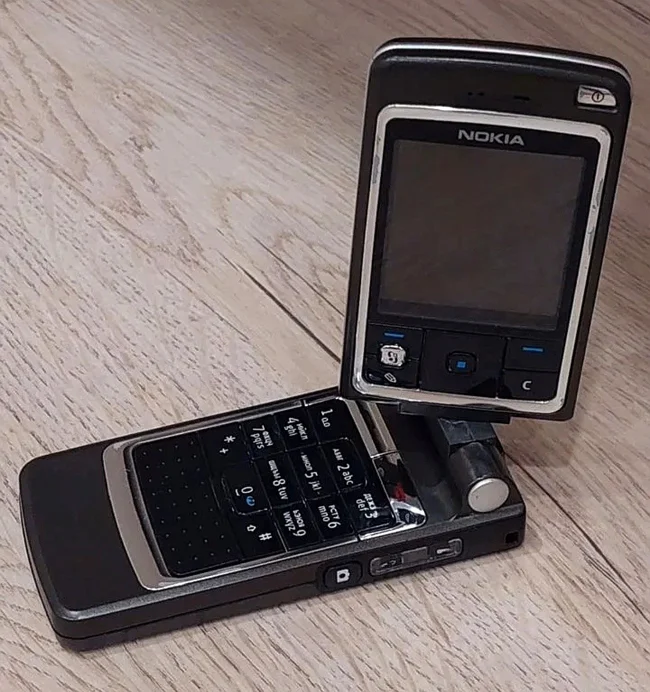
Another hit from Nokia was the 6260 from 2004. It was a clamshell phone, but its screen could be rotated 90 and 180 degrees, making the device resemble a mini video camera. It was one of the first truly popular convertible smartphones, especially beloved by users in the CIS countries for its functionality and reliability.
Nokia 5510: The Progenitor of All QWERTY Smartphones 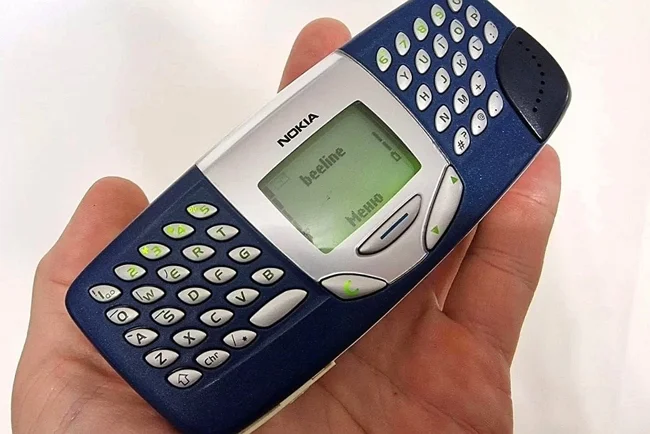
In 2001, Nokia released the Nokia 5510 – a monstrous-looking device with a QWERTY keyboard flanking a monochrome screen. It was a true media hub for young people, with an MP3 player, games, and internet access. While the model itself wasn't wildly popular, it paved the way for future bestsellers like the Nokia E71 and BlackBerry, proving that a physical keyboard for email and messaging was convenient.
Conclusion
These phones weren't massive hits. Many were commercial failures. But they created the environment of experimentation that eventually led us to modern smartphones. They proved that technology could be not only useful but also beautiful, fun, and surprising. They were different, and that was their charm. Looking at today's monotonous market, sometimes you wish companies would rediscover that courage and start surprising us, like they did in the wild 2000s.
